Related Research Articles
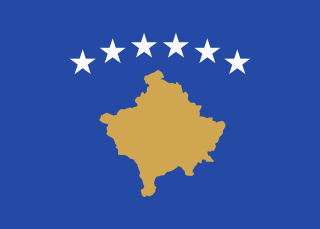
Kosovo, officially the Republic of Kosovo, is a country in Southeast Europe with partial diplomatic recognition. Kosovo lies landlocked in the centre of the Balkans, bordered by Serbia to the north and east, North Macedonia to the southeast, Albania to the southwest, and Montenegro to the west. Most of central Kosovo sits on the plains of Metohija and the Kosovo field. The Accursed Mountains and Šar Mountains rise in the southwest and southeast, respectively. Kosovo's capital and largest city is Pristina.

The Liberation Army of Preševo, Medveđa and Bujanovac was an Albanian militant insurgent group fighting for separation from the Federal Republic of Yugoslavia for three municipalities: Preševo, Medveđa, and Bujanovac, home to most of the Albanians in south Serbia, adjacent to Kosovo. Of the three municipalities, two have an ethnic Albanian majority, whilst Medveđa has a significant minority of them.
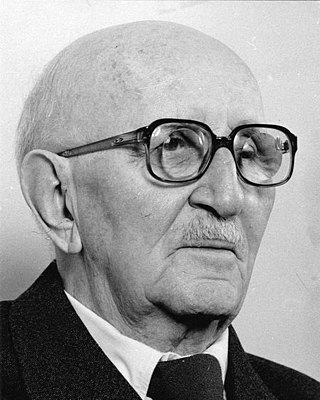
Vaso Čubrilović was a Bosnian Serb scholar and politician. As a teenager, he joined the South Slav student movement known as Young Bosnia and was involved in the conspiracy to assassinate Archduke Franz Ferdinand of Austria on 28 June 1914. His brother Veljko was also involved in the plot. Čubrilović was convicted of treason by the Austro-Hungarian authorities and given a sixteen-year sentence; his brother was sentenced to death and executed. Čubrilović was released from prison at war's end and studied history at the universities of Zagreb and Belgrade. In 1937, he delivered a lecture to the Serbian Cultural Club in which he advocated the expulsion of the Albanians from Yugoslavia. Two years later, he became a history professor at the University of Belgrade. Following the Axis invasion of Yugoslavia in April 1941, Čubrilović was arrested by the Germans and sent to the Banjica concentration camp, where he remained imprisoned for much of the war.
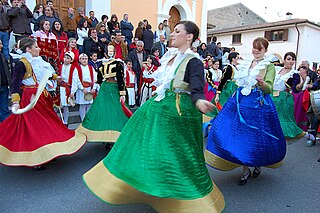
Albanology, also known as Albanian studies, is an interdisciplinary branch of the humanities that addresses the language, costume, literature, art, culture and history of Albanians. Within the studies the scientific methods of literature, linguistics, archeology, history and culture are used. However the Albanian language is the main point of research of the studies.
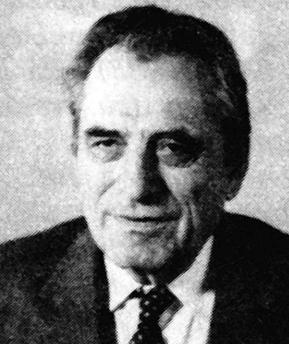
Sinan Hasani was a Yugoslav novelist, statesman, diplomat and a former President of the Presidency of Yugoslavia, a revolving form of executive leadership which rendered him the President of Yugoslavia at the time as well. He was of Albanian ethnicity.
Esat Valla is a Kosovar Albanian painter noted for his figurative paintings of small animals or insects such as butterflies and birds.
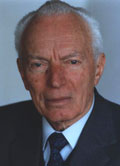
Mark Krasniqi was a Kosovar Albanian ethnographist, publicist, writer and translator who did most of his work while residing in Yugoslavia.
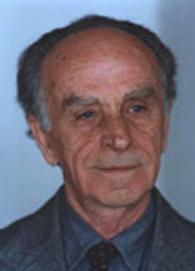
Besim Bokshi was an Albanian poet, linguist and philologist. He served as the president of the Academy of Sciences and Arts of Kosovo during 2008-2011.
Nimon Lokaj(born 7 December 1941 in Pobrde, near Deçan, Kingdom of Albania) is an Albanian painter. He graduated from the Academy of Fine Arts of Belgrade in 1969. After graduating taught figurative art in Deçan. His works have been widely exhibited in Kosovo, Yugoslavia and the rest of Europe during the 1970s and the 1980s. Currently he is a member of the Academy of Figurative Arts of Kosovo.
Masar Caka was an Albanian painter. He was a professor at the University of Pristina and the Academy of Figurative Arts of Kosovo, located in Pristina.
Esad Mekuli was an Albanian poet, critic and translator. He was the first president of the Academy of Sciences and Arts of Kosovo. Robert Elsie considered him the father of modern Albanian poetry in Yugoslavia, and his influence in Kosovo remains immense.
Classical music in Kosovo refers to the art music cultivated in Kosovo. The roots of classical music in Kosovo are found in the 1940s and include the time period from the times when Kosovo was part of Yugoslavia to this day. It can be said that there is a tradition of classical music in Kosovo, however, compared to other Balkan countries and especially European countries this tradition is younger. Classical music in Kosovo reaches back about 70 years. Even though in a short period of time, this music has evolved, passing through generations of composers and artists. In his book Albanian: Zhvillimi i stileve në veprat e kompozitorëve shqiptarë të Kosovës, Engjëll Berisha comments:
"The diversity of styles in Albanian music [of Kosovo], its national patterns with sound idea-aesthetic foundations are a characteristic of the European musical reality, so many many works are of interest abroad, too, because during this relatively short period Albanian classical music in Kosovo has compensated for the delay in its development."
The literature of Kosovo is composed of literary texts written in Albanian, Serbian, Bosnian, and Turkish, specifically by authors of Kosovo. Kosovo produced several prominent writers in the Ottoman era. However, Ottoman authorities banned the written use of the Albanian language until 1912. This policy continued during Serb rule until the outbreak of World War II.
Eshref Ademaj[a] (1940–1994) was a Yugoslav mathematician and education activist of Albanian ethnicity. A professor of the University of Pristina, he played a pivotal role in the early restoration of universitarian activity in Kosovo after the mass dismissals of academicians and ban on Albanian-language education by the Serbian government of Slobodan Milošević[b] in the early 1990s. Ademaj was also a corresponding member of the Academy of Sciences and Arts of Kosovo.
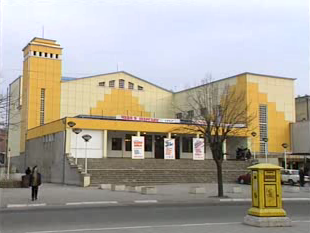
Agim Çavdarbasha was a Kosovo Albanian sculptor. Çavdarbasha was a major influence on contemporary sculpture in Kosovo.

As the capital city of Kosovo, Pristina is the heart of the cultural and artistic development of all Albanians that live in Kosovo. The department of cultural affairs is just one of the segments that arranges the cultural events, which make Pristina one of the cities with the most emphasized cultural and artistic traditions.

The National Gallery of Kosovo, formerly known as the Kosova National Art Gallery, is an art gallery situated at The University of Pristina Campus that focuses on 20th-century art.
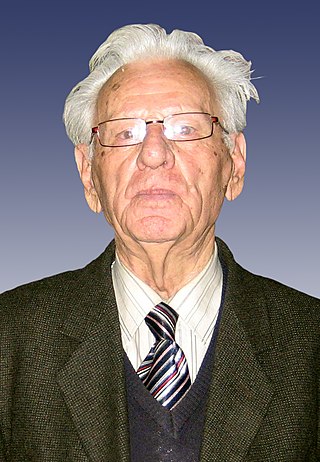
Idriz Ajeti was an Albanologist from Kosovo and one of the main researchers and authorities on the Albanian language studies of post World War II. He was involved for a long period in the academic life of the University of Pristina, and was a member of the Academy of Sciences and Arts of Kosovo, being its chairman for seven years.
Tahir Meha was an Albanian political activist who was opposed to the Yugoslav regime in Kosovo. He is best known for having refused to surrender his weapon as two Yugoslav police officers encountered him at the market in Prekaz. He later died in an armed confrontation with Yugoslav special forces that included several tanks and helicopters. He became an important figure in Kosovar-Albanian folklore as a symbol against Yugoslav rule.

Vukašin "Vuk" Filipović was a Serbian writer, painter and professor at the University of Priština. He is considered one of the most important Serbian 20th-century writers.
References
- 1 2 3 4 Elsie, Robert (2004). Historical dictionary of Kosova. Scarecrow Press. p. 58. ISBN 0-8108-5309-4.
- ↑ Bardhyli, Alda (2 November 2013). "E errëta e Tahir Emrës". Gazeta Shqip (in Albanian). Retrieved 19 July 2017.